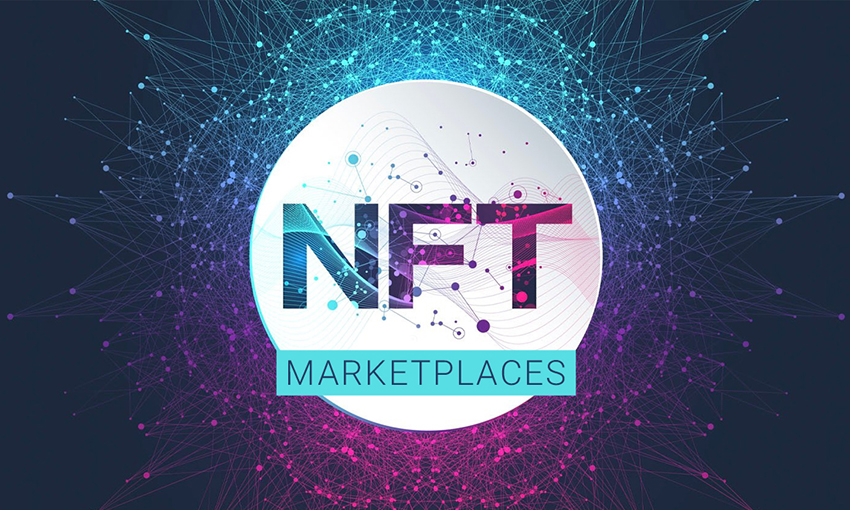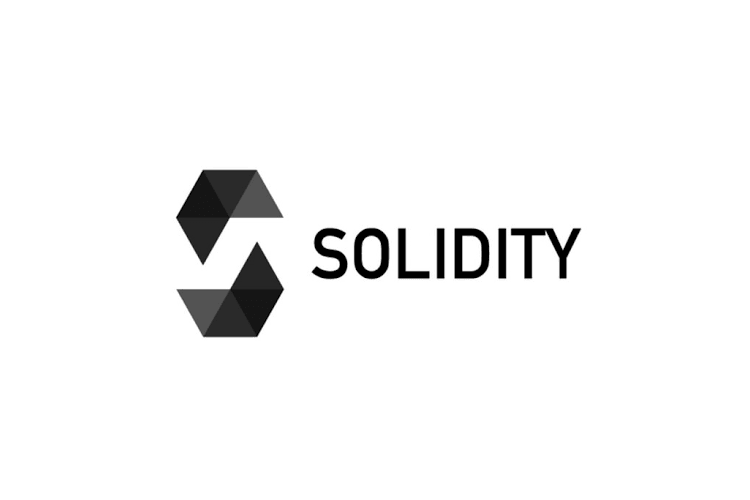Key Benefits of NFT Marketplace
NFTs use blockchain technology, much like cryptocurrencies. It is also true for non-fungible token marketplaces. As a result, all the blockchain’s advantages apply to your digital platform for NFT sales. Let’s take a look at the main benefits of NFT marketplaces.
Complete Transparency
Blockchain technology implies that all NFT transactions are visible in a distributed database. You can think of it as a book of all transactions, which displays all the actions on your marketplace in real-time.
Decentralization
Developing an NFT marketplace means building a decentralized platform where users can trade assets freely and not depend on traditional financial institutions, regulators, etc. This decentralization is possible through the use of blockchain technology.
NFT’s Indivisible Nature
Each NFT has its unique digital ID and special features. Users can access exclusive assets instantly available via your marketplace. The uniqueness makes indivisible tokens so desirable.
Liquidity
The demand for cryptocurrencies and NFTs is constantly growing. People appreciate decentralization and the absence of standardized regulation, so they actively invest in digital assets. As a result, many users see increased liquidity in the NFT sector.
Authenticity & Unique Ownership
Another benefit of building an NFT marketplace is the chance to earn your users’ loyalty and trust. A non-fungible token is a publicly accessible record of ownership that may be checked if necessary. As a result, an NFT is impossible to forge.
High Level of Security
Blockchain technologies allow NFT marketplaces to experience all the benefits of first-class security features. Such features include cryptography and consensus algorithms.
Key Steps of NFT Marketplace Development
The development of a smart contract, also known as its life cycle, goes through several phases.
These ensure that the business requirements are correctly defined and secured by the technology.
Here is how a smart contract is developed:

Solidity
High-level language for implementing smart contract
1. Define Your Niche
The first thing you need to do is decide on your marketplace type: universal or niche. A better option is to list different types of NFTs, as it will attract a wider audience.
2. Choose Your Blockchain
Choose the blockchain on which you’ll build your marketplace. Some of the most popular ones are Ethereum and Binance Smart Chain. You can also make your platform support multiple blockchains at once.
3. Determine Your Project’s UI/UX Design
After deciding on a blockchain and a niche, you can think about NFT marketplace design. Make sure your user interface is intuitive and user-friendly.

Ethers
A complete and compact library for interacting with the Ethereum Blockchain and its ecosystem.
4. Implement Smart Contracts
The next step is to develop smart contracts for your marketplace. For this, you must hire experts who understand regulatory requirements.
5. Secure Storage
In this step, you should determine where the creators and buyers of NFT will keep their assets. In addition, you should ensure that records of all transactions are securely stored on your platform.
6. Integrate Third-party Services
To build a successful NFT marketplace, you will need to integrate payment gateways, crypto wallets, social media, and email services. These are the basic tools from third-party providers, but you may require even more. The number of integrations depends on your business needs.

Solidity
High-level language for implementing smart contract
7. Test Your Marketplace
Once you’ve developed a basic version of your NFT marketplace, test it. This way, you will correct all the shortcomings of your platform and bring your product to perfection.
8. Launch Your NFT Marketplace
It is the final stage that involves the launch of your marketplace and its ongoing support. You will have to constantly improve your platform and adapt it to the needs of your users.
Our other services




